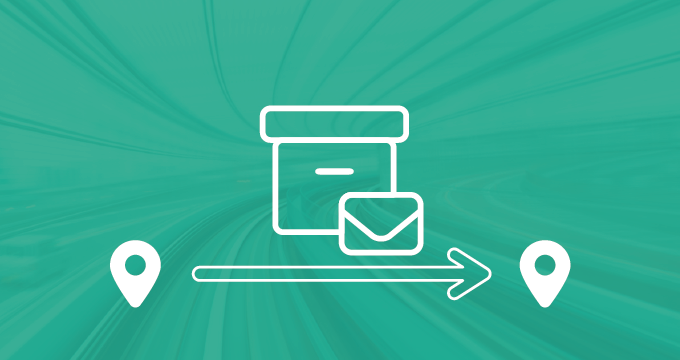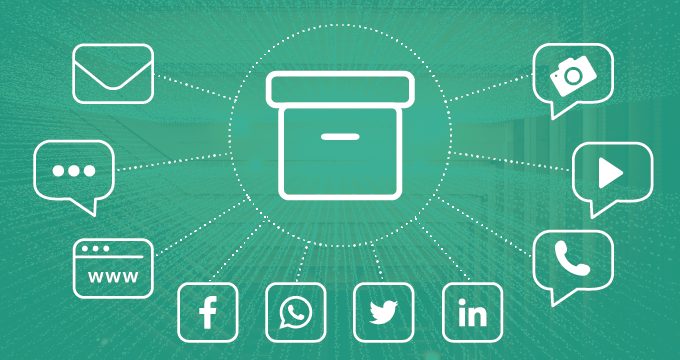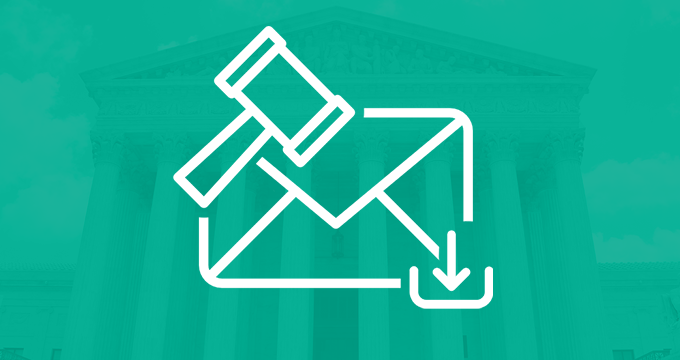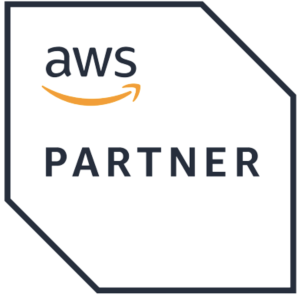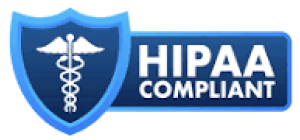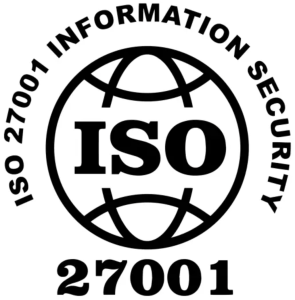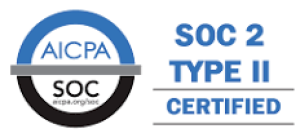Organizations have been archiving email for two decades, which means that 90% of companies already have some kind of email archiving system in place. But what happens when a company decides to change the archiving provider or upgrade to a new solution?
How can you future-proof (and continue using) your existing archived data?
In this blog post, we’ll explain the following:
- What is email archive migration
- The problems with legacy email archives
- What is data ingestion
- Why organizations need to migrate their email archives
- Is it safe to use a third-party solution to migrate your data archives
What Is Email Archive Migration?
Email archive migration is the process of transferring your archived data from one archiving solution to another or between storage types and file formats. It’s a key consideration for the implementation of archiving systems.
This process is also crucial in cases when the archiving company offers free hardware upgrades, which requires moving all the archived data from an older email archiving appliance to a newer configuration.
The Problem with Legacy Email Archives
Managing older data to cope with new technologies is usually problematic. Some email archiving vendors offer only basic tools to migrate old email archives to new technologies.
When companies need to migrate massive amounts of data, such as when one company merges with another and needs to unify the archives or when one email archive system is being replaced or upgraded, the process often turns out to be much more time-consuming and complicated than expected.
Sometimes legacy email archives are incompatible with new technologies, or the old vendor does not provide support to migrate the old data.
This can leave organizations feeling that their data is locked into old technology and incurs additional costs for third-party migration.
Another consideration is that regulatory landscapes are continuously evolving, with new laws and regulations being introduced regularly.
Compliance with data privacy regulations like GDPR, CCPA, or FISMA and industry-specific mandates (e.g., HIPAA for healthcare and FINRA for financial services) requires that organizations maintain their archived data in compliant formats and systems. According to these laws, organizations must ensure their data is readily accessible and searchable for ediscovery purposes.
Migration to modern archiving systems ensures that the data storage and retrieval processes meet current regulatory standards, allowing companies to avoid legal penalties and protect data integrity.
What Is Data Ingestion and How Does It Work?
Data ingestion essentially means collecting data from previous sources and moving it to long-term storage — in this case, the email archiving appliance or a cloud email archiving solution.
It’s a process which allows you to import previously processed data into the archive — data being tens of millions of old emails that need to be transferred one hundred percent and without obstacles. This is one of the major challenges in email archiving.
To ensure error-free migration, an email archiving solution needs to be developed in a way that ensures easy migration of high volumes of data from the legacy system into your new archiving solution. Legacy data typically consists of PST or EML files that have to be ingested into your archive so that users can access, search, and retrieve them later.
Why Organizations Decide to Migrate Their Email Archives
In email archiving, there are several types of migration scenarios:
- There could be a problem with the current email archiving solution in terms of outdated functionalities, clunky user interface and performance issues.
- Your current archiving product may be reaching EOL and the migration is the only solution.
- Your organization might simply want to end the current contract for whatever reason.
In practice, the way you and the archiving vendor will approach the migration process can depend on whether you’re staying with or leaving that specific vendor.
Even if you’re staying faithful to your current provider but migrating data from, e.g., the hardware solution to the cloud, some vendors still charge extra for such migrations.
Why Not Entrust a Third-Party Solution with Your Email Archive Migration
Manually migrating email archives can take months and is a waste of time that most organizations can’t afford.
To speed up the process, organizations often hire third-party companies to handle the migration for them, especially if they’re stuck with an old on-premise archive containing a massive number of emails with old, poor-quality data.
The problem with this approach is that such companies have experience with some email platforms and some archiving systems.
On the other hand, each archiving vendor specializes in their own technology. Therefore, it’s best to leave the migration process to the vendor you’re transitioning to.
How to Effortlessly Migrate from Any Archiving Solution to Jatheon
Many organizations stay with their current email archiving vendor despite issues such as rising costs, lack of features, or inadequate technical support. Most are dissatisfied with the legacy archives but are reluctant to switch to another archiving company because they dread the potential data loss during the migration process.
And it makes sense. Migrating such massive volumes of email data (20 or 30 million emails) can be quite demanding.
Large-scale data archiving is tricky — because of the strict regulatory requirements for electronic data retention and email often being key evidence in legal cases, it’s absolutely necessary to preserve every, and we mean every single message. No data loss is allowed. Ever. This makes migration the central piece of the puzzle.
At Jatheon, we have designed a special, proprietary, turn-key migration program from other email archiving systems. After almost 20 years of experience in email archiving, we have successfully migrated our customers from nearly every major archiving platform.
Once our team of software and tech support engineers who specialize in migrations get a migration project, they first provide the analysis of the legacy data and propose the best migration process. Next, they create a detailed migration plan based on the customer’s infrastructure and work together with the customer until the migration is completed.
Migrating to Jatheon from a Legacy System
Migrations from legacy archives are our specialty, and our teams love such projects. The only thing the customer needs to do is prepare the legacy data (as PST or EML) and place it on a network drive so that the Jatheon solution can mount the drive and start importing email.
Once Jatheon’s solution is configured and put in production, it will automatically start archiving new emails in real time. Simultaneously, it will start importing the legacy database prepared on the shared drive. The data will be imported in time periods that can be customized — every 3 hours, 6 hours, once a day, or whatever the customer finds most convenient.
If necessary, Jatheon can assist during the export process and extract PSTs for the specified date ranges. Our products are compatible with all major platforms, which ensures a smooth and 100% error-proof migration process.
How Quickly Can We Migrate Your Legacy Data?
There’s no one-size-fits-all answer to this question.
The process itself is easy — the ingestion is triggered with a single click. The actual ingestion time depends on various factors such as:
- the number of emails
- the size and type of attachments, and
- the number of duplicates.
Jatheon’s solutions can ingest between 2 and 4 million emails daily. In case your organization is migrating 30 million emails (the typical archive size of Jatheon’s customers), the entire migration process will take one and two weeks to migrate that amount of legacy data into Jatheon.
A major benefit is that Jatheon will be able to do it automatically. The only effort required on the part of your IT staff is to prepare the legacy files and export them to the shared drive.
Still, the best thing about switching from another system to Jatheon is that the email archive migration is free. This is part of our Jatheon Care tech support and customer care package, which also includes free customer onboarding and 24/7 monitoring.
Can My Data Get Stuck or Lost in the Email Migration Process?
That’s not an option with Jatheon.
All your emails will be date-stamped, meaning they will be ingested and indexed with their original date of creation so that no metadata will be lost.
The simultaneous archiving of real-time and legacy email data is not something that should worry you. In case there are too many legacy emails to be imported at a time, a queue will be formed, and they will be imported as soon as possible.
The entire process will be monitored by Jatheon’s tech support team. Our alerts and 24/7 proactive monitoring systems will ensure a quick response from our Support in case there are any hiccups.
If you’d like to learn more about how to migrate your current email archive to Jatheon, contact us or book your personal demo
Summary of the Main Points
- Email archive migration is transitioning already archived emails from one storage solution to another, ensuring data integrity, compliance, and accessibility throughout the transfer.
- The main challenges of migrating legacy email archives include data integrity, compatibility issues with new systems, maintaining compliance with the latest regulations, and the potential for data loss during the migration process.
- Once the migration has been completed, you’ll be able to search and actively use old, historical email archives you previously thought were lost, centralize your email archiving efforts, and ensure full compliance by having all your emails stored securely in a single location for easier access and quick ediscovery.
- There are several reasons why organizations need to migrate their email archives, including outdated technology, regulatory compliance, opting for another vendor, or the fact that their current archiving solution is reaching EOL.
- To avoid all the risks and additional costs associated with manual archive migration or hiring third-party companies to handle the process, it’s best to rely on the expertise of the new archiving vendor to which you’re migrating.
